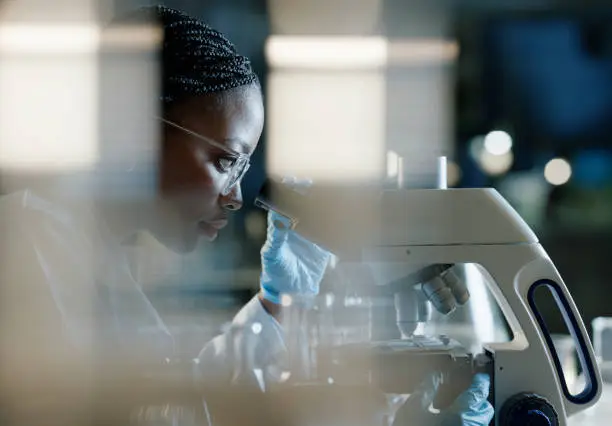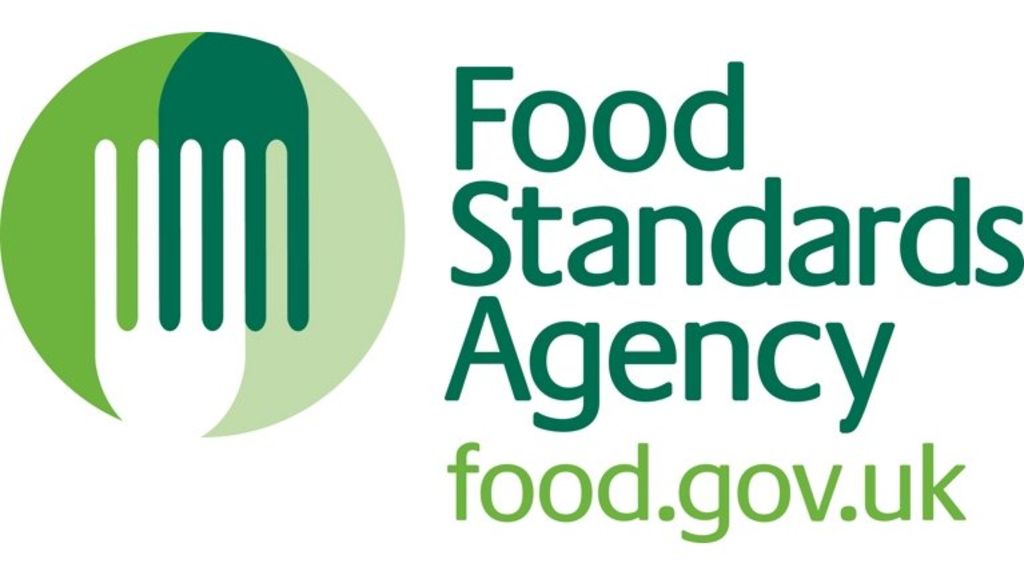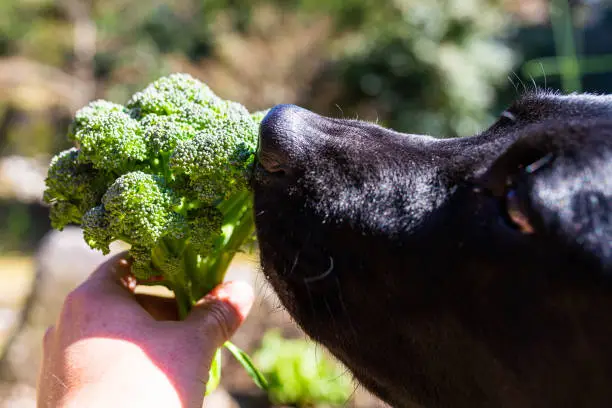Written by Andrew Wasley and Josh Robbins
Audits carried out at more than 300 abattoirs in England, Wales and Northern Ireland find major hygiene failings in more than a quarter of meat plants.
One in four slaughterhouses are failing to take basic hygiene precautions to stop contaminated meat reaching high street butchers and supermarkets.
An analysis of government audits carried out at more than 300 abattoirs in England, Wales and Northern Ireland identified major hygiene failings in more than a quarter of the meat plants. The failings could expose consumers to serious food poisoning illnesses such as E coli, salmonella or campylobacter.
The investigation by the Observer and the Bureau of Investigative Journalism has also revealed that official Food Standards Agency records were falsified to conceal true levels of meat contamination at an English abattoir. A whistleblower said data relating to contamination of carcasses was misrecorded to mask poor hygiene practices at the plant, potentially allowing dirty meat to enter the food chain.
Out of the abattoirs audited, 86 did not meet that benchmark – with “major” hygiene breaches found. The hygiene breaches were logged during inspections by the FSA. They include instances of carcasses coming into contact with the factory floor, often dirty with the detritus of slaughter, cutting equipment not sterilised or washed adequately, and meat splashed with dirty water potentially containing faecal matter.
Minimising the risk of meat being contaminated with faecal matter is a priority, as it can contain bacteria that cause food-borne illnesses. Livestock can become caked with faeces on farms or in transport to slaughter and this can be transferred to carcasses during processing. These illnesses affect about a million people in the UK each year, according to official estimates, with around 20,000 admitted to hospital and 500 deaths annually. Foods most often linked to food poisoning include red meat, poultry and fish.
A strain of E coli known as O157 is among the most dangerous food-borne illnesses and can cause severe stomach pain, bloody diarrhoea and kidney failure. Although rare, in severe cases it can lead to haemolytic uraemic syndrome (HUS), which can be fatal, particularly for young children. E coli O157 is often found in the guts or waste of animals, including cattle, and meat infected during slaughter and processing is one route of transmission. More than 20 people died during the UK’s worst E coli O157 outbreak in Scotland in 1996, blamed on contaminated meat. A later outbreak, in South Wales in 2005, saw more than 150 people, many of them children, fall ill and one child die. Dirty meat was again the cause.
Professor Hugh Pennington, one of the UK’s leading microbiologists, chaired the official inquiries into the outbreaks. He said the FSA should make abattoirs take hygiene seriously: “If it was one in 100, even that would be too many, but one in four is unacceptable. This is basic hygiene. It’s not rocket science, it’s common sense. The FSA should be coming down on this like a ton of bricks. It’s very disappointing this is going on. The main risk is E coli O157, which my review looked into. The consequences can be catastrophic. People died.”
The FSA said no visibly contaminated meat reached the public and hygiene failures were “not tolerated”, with enforcement action taken against failing plants. “All carcasses are inspected and directed for rectification if contaminated before health marking, so nothing contaminated goes on to the market and poses a risk to the consumer,” it said.
Rectification means cutting off any parts of the carcass visibly covered with faeces, but Pennington says that does not stop contaminated meat getting through. “Just cutting off the infected part isn’t microbiologically sound,” he said. “It’s not good enough. What you might not see is the invisible bacteria further up the meat.”Ron Spellman, of the European Food and Meat Inspectors Association, said the failure of 86 slaughterhouses to meet all hygiene regulations would “increase the risk” of dangerous bacteria “being transferred to the meat the consumer will receive”. He agreed with Pennington that just cutting off visibly contaminated bits of the carcass would not solve the problem.
The FSA said: “The purpose of trimming visual contamination is not to make carcasses sterile, but to remove areas where the risk of pathogenic bacteria being present is highest.”
The findings come as the FSA considers relaxing auditing regimes of some abattoirs to cut the overall number of inspections in order to reduce the burden on meat processors – and save money. Under proposals being considered, slaughterhouses found to be consistently compliant with regulations would be subject to a full audit every 36 months. At present the most compliant premises face re-auditing after 18 months. Unions representing meat inspectors say the proposals will do little to improve public food safety.















